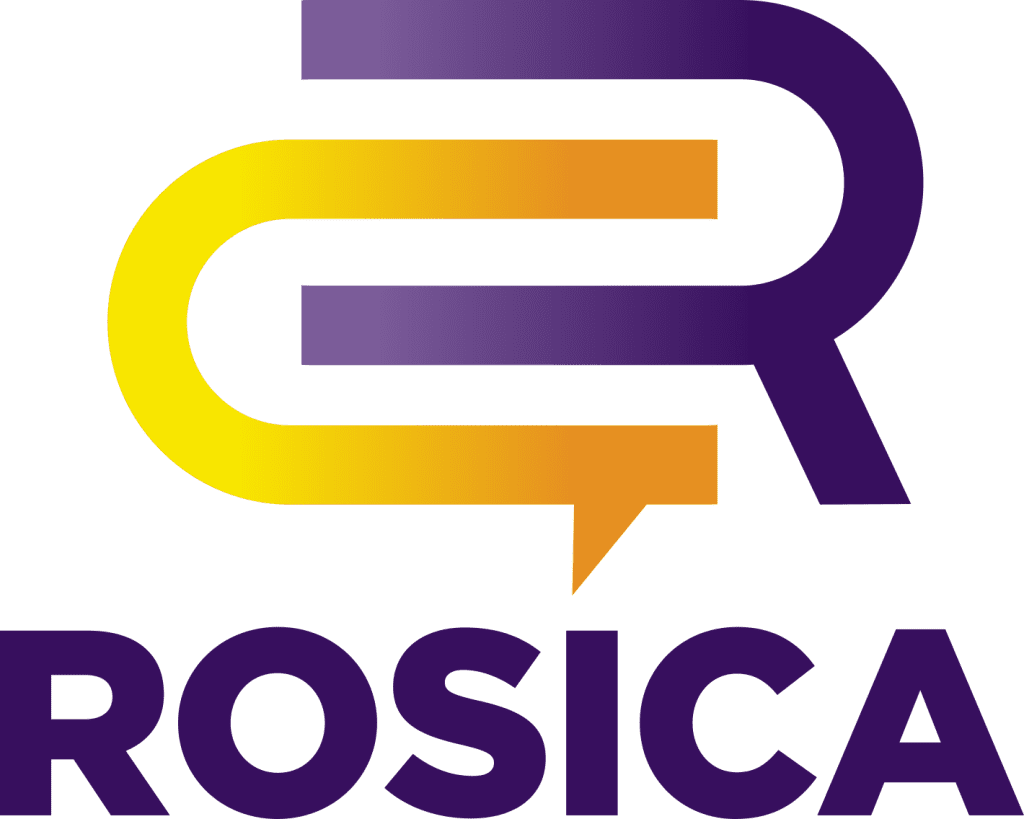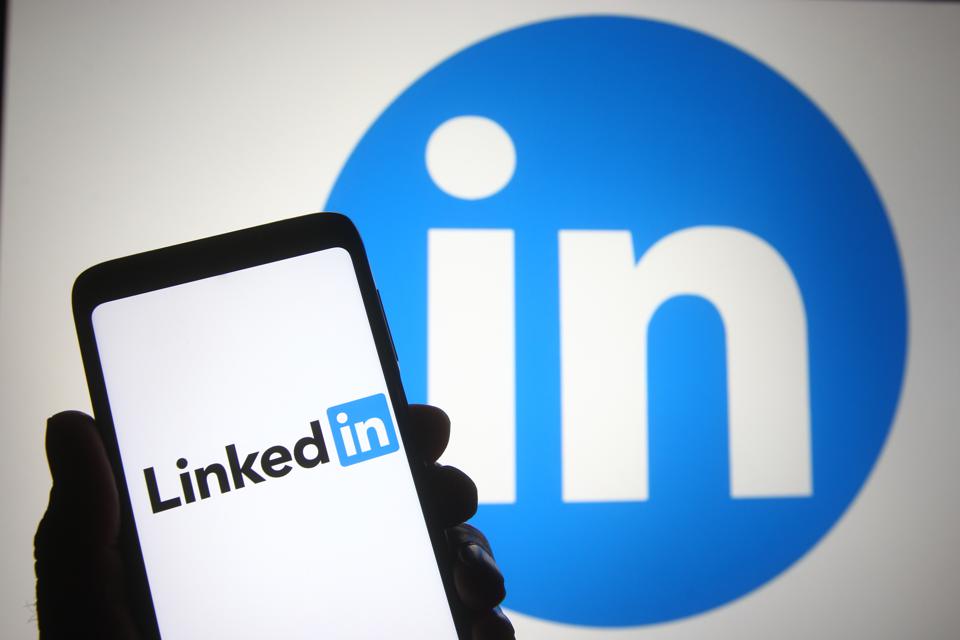You’re probably invested in growing your organization’s thought leadership but there are always new strategies and tactics to employ that are designed to achieve this important endeavor. Thought leadership is an invaluable tool for organizations to leverage, as it helps position them to become trusted authorities and effectively shape perception. One essential and indispensable component of developing thought leadership – whether for a nonprofit, company, or NGO – is to put a face on an organization, which humanizes an organization’s mission, builds credibility, and differentiates them from the competition.
The main goal of thought leadership is to be recognized as a top expert in your field. During a time when social media is filled with so many different voices and thoughts on how to get things done, thought leadership is your unique voice, clearly communicating your expertise and setting you apart from the crowd. To become a trusted thought leader, it is important to create promotional, educational, and helpful content that engages your audience and industry peers.
According to research by LinkedIn, there is clear value in company leaders having an active social media presence. Its research states that “56% of professionals say a business executive’s presence on social media positively influences their purchase decision and 66% say they would be more likely to recommend a company or brand if they followed a company executive on social media.” With over 810 million users in 200 countries, LinkedIn is an ideal platform for nonprofit organizations seeking to reach a large audience of professionals. This article explores how to use LinkedIn to establish yourself as an informative and active voice in your industry’s community.
Take advantage of the resources LinkedIn offers
According to LinkedIn research, only 19% of nonprofits on LinkedIn feel confident they’re using the platform to its full potential. With so many different social media apps to navigate, it is understandable that LinkedIn might seem daunting to conquer – but, it doesn’t have to be. As a platform, LinkedIn wants to help nonprofits maximize their impact.
Through the Nonprofits Research Hub, organizations can review a collection of guides, research, best practices, and expert advice to make the most out of free features on the platform. LinkedIn also has features that allow people to publish their own thought pieces in article format – this is a great way to showcase your expertise and get your organization found through Google search. To write or publish an article, simply click the “Write article” option at the top of your feed. Another helpful resource LinkedIn provides is “creator mode”. By opting into creator mode, you can get recognized as a thought leader and get access to LinkedIn features including Live and audio events.
As an effective thought leader, you can also encourage other members of your staff and organization to explore these features. The more messengers you have for your organization, the better! Empower the people who work with you to spread the word about the important work they do.
Engage with your audience
In order to successfully reach your intended audience, it is crucial to know who you are addressing. Have your audience in mind when developing content and ask yourself questions like: What does this audience already know? What kind of information would be helpful for them to know? What unique perspective do I have that will interest them? Focus on posting content of value and interest to your audiences and making them want to read more. And give them that value-added content for free. This may include tips, trends, data, personal stories, resources, industry updates, or opinion pieces.
It is also important to ensure that your profile is compelling and engaging. LinkedIn users should easily be able to identify who you are, your unique background, and what you do best. Craft a great professional summary that captures your expertise and experience, be sure to share relatable experience and interests, and share interesting content and articles. Making sure your profile is easy to navigate and clearly explains who you are is essential to creating a user experience that makes others want to lean in for more.
LinkedIn is a great medium for storytelling, so don’t be hesitant from using it to share personal insights or reflections about your successes and failures, so they can benefit others. Our experience shows that if you adopt an attitude of being of service to others, it will come back … in spades.
Engage with other thought leaders
You likely know who the thought leaders are in your industry. Be sure to follow them and engage with their posts and content! Leave comments, especially on posts that welcome input or feedback. Building a community of thought leaders on LinkedIn fosters engagement on your posts, magnifies your reach, and enables you to stay connected and learn from other leaders in your field. Joining and participating in LinkedIn groups is another great way to network with like-minded people in your field. According to LinkedIn, “LinkedIn Groups provide a place for professionals in the same industry or with similar interests to share their insights and experiences, ask for guidance, and build valuable connections.” These groups help you expand your network and gain knowledge through other group members.
Don’t underestimate the power of networking for relationship building on LinkedIn can be a path to new opportunities and help you build trust among other thought leaders, which, in turn, can influence your stakeholders.
Keep the momentum going
There is no disputing it; growing a key executive’s or organization’s thought leadership can create lasting impact and help you achieve your goals and objectives. However, when using LinkedIn as part of your thought leadership program, it’s not one size fits all. In sectors that have but a handful of influencers, such as the insurance industry, following other thought leaders and getting their endorsement is not a viable option. So, focus on the tactics you can control, such as creating valuable content and sharing it widely – through your website’s blog, emailing stakeholders, and via your social platforms.
Brainstorming an effective LinkedIn strategy will help your organization establish credibility and gain heightened exposure while simultaneously educating others by providing valuable information and perspective. Thought leaders should seize the opportunity to share their thoughts, beliefs, and expertise on a range of subjects that their audiences care about. It is essential for leaders to assess what matters most to them and determine a way to consistently deliver it.

